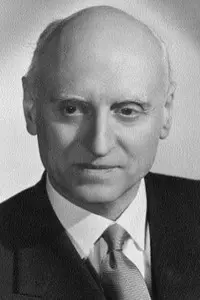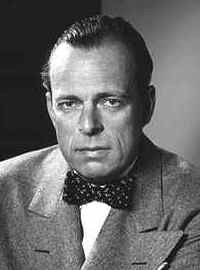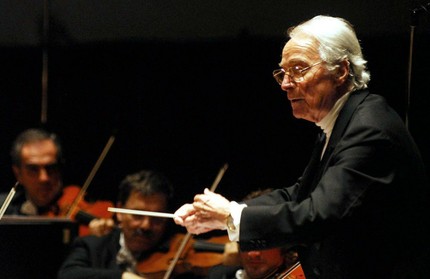
Pietro Argento |
Pietro Argento

During a short period of time – from 1960 to 1964 – Pietro Argento toured the USSR three times. This fact alone speaks of the high appreciation that the art of the conductor has received from us. After his concert, the newspaper Sovetskaya Kultura wrote: “There is a lot of attraction in Argento’s creative appearance – an extraordinary liveliness of artistic temperament, a passionate love for music, the ability to reveal the poetry of a work, a rare gift of immediacy in communicating with the orchestra, with the audience.”
Argento belongs to the generation of conductors that came to the fore in the post-war period. Actually, it was after 1945 that his extensive concert activity began; by this time he was already an experienced and highly erudite artist. Argento showed extraordinary abilities from childhood. Yielding to his father’s wishes, he graduated from the Faculty of Law at the university and at the same time from the Naples Conservatory in composition and conducting classes.
Argento did not immediately succeed in becoming a conductor. For some time he served as an oboist at the San Carlo Theatre, then led the stage brass band there and used every opportunity to improve. He was lucky enough to study at the Roman Music Academy “Santa Cecilia” under the guidance of the famous composer O. Respighi and conductor B. Molinari. This finally decided his future fate.
In the post-war years, Argento emerged as one of the most promising Italian conductors. He constantly performs with all the best orchestras in Italy, tours abroad – in France, Spain, Portugal, Germany, Czechoslovakia, the Soviet Union and other countries. In the early fifties, Argento led the orchestra in Cagliari, and then became the chief conductor of the Italian Radio in Rome. At the same time, he leads a conducting class at the Santa Cecilia Academy.
The basis of the artist’s repertoire is the works of Italian, French and Russian composers. So, during a tour in the USSR, he introduced the audience to D. di Veroli’s Theme and Variations and the Cimarosiana suite by F. Malipiero, performed works by Respighi, Verdi, Rimsky-Korsakov, Ravel, Prokofiev. At home, the artist often included in his programs the works of Myaskovsky, Khachaturian, Shostakovich, Karaev and other Soviet authors.
L. Grigoriev, J. Platek





